Scientific Information/Data
Herbs have been used to support health and well-being throughout history and across cultures and are the cornerstone of many ancient medical systems, including Ayurveda and Traditional Chinese Medicine (TCM). Viragraphis™ comprises three herbs that have been used traditionally and specifically to support the body’s immune system.*
Andrographis Extract (Andrographis paniculata) Andrographis has been used widely in traditional medical systems as a bitter herb that works quickly to support upper respiratory health and immune response.[1] TCM categorizes andrographis as “bitter” and “cold.” The herb has been used to support temperature regulation, respiratory health, immune function, and cytokine and eicosanoid balance.[1-4] A randomized, double-blind, placebo-controlled study investigated the use of 1200 mg/day (standardized to 4% andrographolides) in 158 adult patients. Results revealed that individuals receiving the herb had a significant improvement in several of the parameters measured when compared to placebo. A “high degree of effectiveness” was observed by day two of treatment.*[5]
Research on andrographolide, a major constituent of andrographis, suggests that this bioactive component supports immune activity in human cells by increasing proliferation of lymphocytes, production of interleukin-2, tumor necrosis factor-alpha, and cluster of differentiation (CD) marker expression.[6,7] A phase I dose-escalating trial of andrographolide was conducted in a select group of individuals. A significant rise in mean CD4(+) lymphocytes was observed in individuals receiving 10 mg/kg andrographolide (p = 0.002).[8] It was noted in the study that prolonged use of concentrated andrographolide may lead to dose-related (5-10 mg/kg) adverse effects for some individuals,[1] a point that should be considered when calculating individual dosing. Acute toxicology studies in rodents noted no observed adverse effects at doses up to 5 g/kg of andrographolide. Researchers did note significant increases in white blood cell and lymphocyte counts as well as a reduction in urea, suggesting that andrographolide had immune-stimulant and renal protective effects.[9] Andrographolide is standardized to 50% in Viragraphis.*
Licorice Root Extract (Glycyrrhiza glabra) Medicinal use of licorice dates back to ancient Greece, China, India, and Egypt. Contemporary research suggests that its active component glycyrrhizin supports the human immune system in the presence of pathogens.[10,11] A 2004 study found that glycyrrhizin more effectively supported immune function than other compounds studied (ribavirin, 6-azauridine, pyrazofurin, and mycophenolic acid).[12] Research suggests that mechanisms of action for glycyrrhizin include induction of T-cell interferon-gamma and interference with the pathogen’s membrane.*[11]
Licorice also appears to play a role in maintaining a healthy mucous membrane (including that of the respiratory tract), stimulating mucus production, and supporting eicosanoid balance in the body.[13] Longterm intake of high doses of glycyrrhizin may deplete potassium and exacerbate hypertension.[13,14] Although general dosing for standardized glycyrrhizin ranges from 40 to 360 mg per day,[10,13] and Viragraphis provides approximately 40 mg of standardized glycyrrhizin per two-capsule dose, short-term supplementation with Viragraphis is recommended.*
Indigowoad 10:1 Root Extract (Isatis indigotica) Indigowoad is commonly used in TCM to support the immune system and upper respiratory tract. A closer look at the mechanism of action for indigowoad root extract in animals revealed that the extract significantly increased spleen weight as well as the number of circulating white blood cells, lymphocytes in particular. The same study found that the indigowoad extract stimulated macrophage phagocytic activity and reduced the suppressive effect that hydrocortisone has on the immune system.[15] A human neutrophil cell study indicated that the isaindigotone derivative of I indigotica was able to scavenge superoxide free radicals and inhibit 5-lipoxygenase and leukotriene B(4) metabolism, ultimately supporting a healthy eicosanoid balance.*[16]
*These statements have not been evaluated by the Food and Drug Administration. This product is not intended to diagnose, treat, cure, or prevent any disease.
References
1. Natural Standard Database. Andrographis. http://www.naturalstandard.com/ databases/herbssupplements/all/andrographis.asp. Accessed January 30, 2013.
2. Akbar S. Andrographis paniculata: a review of pharmacological activities and clinical effects. Altern Med Rev. 2011 Mar;16(1):66-77. [PMID: 21438648]
3. Abu-Ghefreh AA, Canatan H, Ezeamuzie CI. In vitro and in vivo anti-inflammatory effects of andrographolide. Int Immunopharmacol. 2009 Mar;9(3):313-8. [PMID: 19110075]
4. Sheeja K, Shihab PK, Kuttan G. Antioxidant and anti-inflammatory activities of the plant Andrographis paniculata Nees. Immunopharmacol Immunotoxicol. 2006;28(1):129-40. [PMID: 16684672]
5. Cáceres DD, Hancke JL, Burgos RA, et al. Use of visual analogue scale measurements (VAS) to assess the effectiveness of standardized Andrographis paniculata extract SHA-10 in reducing the symptoms of common cold. A randomized double-blind placebo controlled study. Phytomedicine. 1999 Oct;6:217-23. [PMID: 10589439]
6. Kumar RA, Sridevi K, Kumar NV, et al. Anticancer and immunostimulatory compounds from Andrographis paniculata. J Ethnopharmacol. 2004 Jun;92(2- 3):291-5. [PMID: 15138014]
7. Rajagopal S, Kumar RA, Deevi DS, et al. Andrographolide, a potential cancer therapeutic agent isolated from Andrographis paniculata. J Exp Ther Oncol. 2003 May-Jun;3(3):147-58. [PMID: 14641821]
8. Calabrese C, Berman SH, Babish JG, et al. A phase I trial of andrographolide in HIV positive patients and normal volunteers. Phytother Res. 2000 Aug;14(5):333-8. [PMID: 10925397]
9. Bothiraja C, Pawar AP, Shende VS, et al. Acute and subacute toxicity study of andrographolide bioactive in rodents: Evidence for the medicinal use as an alternative medicine. Comparative Clinical Pathology. June 2012. doi:10.1007/s00580-012-1539-x.
10. Natural Standard Database. Licorice. http://www.naturalstandard.com/ databases/herbssupplements/licorice.asp?#undefined. Accessed February 4, 2013.
11. Fiore C, Eisen M, Krausse R, et al. Antiviral effects of Glycyrrhiza species. Phytother Res. 2008 Feb;22(2):141-8. [PMID: 17886224]
12. Cinatl J, Morgenstern B, Bauer G, et al. Glycyrrhizin, an active component of liquorice roots, and replication of SARS-associated coronavirus. Lancet. 2003 Jun 14;361(9374):2045-6. [PMID: 12814717]
13. Krinsky DL, LaValle JB, Hawkins EB, et al. Natural Therapeutics Pocket Guide. 2nd ed. Hudson, OH: Lexi-Comp; 2003.
14. Isbrucker RA, Burdock GA. Risk and safety assessment on the consumption of Licorice root (Glycyrrhiza sp.), its extract and powder as a food ingredient, with emphasis on the pharmacology and toxicology of glycyrrhizin. Regul Toxicol Pharmacol. 2006 Dec;46(3):167-92. Review. [PMID: 16884839]
15. Xu YM, Lu PC. Experimental studies on immunostimulatory effects of the Isatis indigotica polysaccharide [in Chinese]. Zhong Xi Yi Jie He Za Zhi. 1991 Jun;11(6):357-9, 325-6. [PMID: 1889106]
16. Molina P, Tárraga A, Gonzalez-Tejero A, et al. Inhibition of leukocyte functions by the alkaloid isaindigotone from Isatis indigotica and some new synthetic derivatives. J Nat Prod. 2001 Oct;64(10):1297-300. [PMID: 11678654]


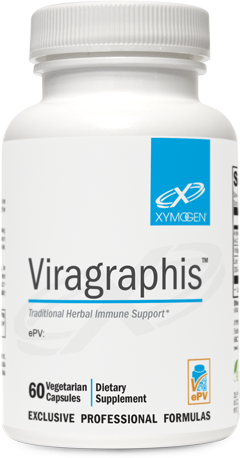
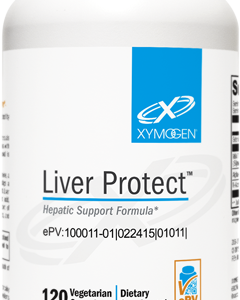
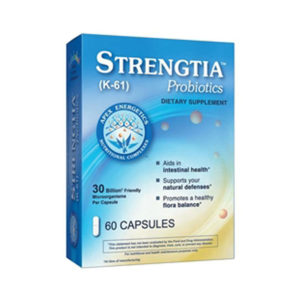
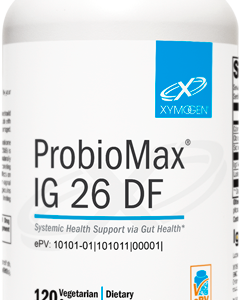
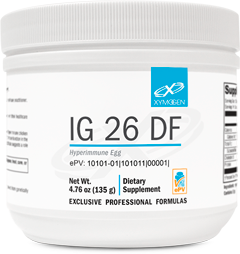
Reviews
There are no reviews yet.